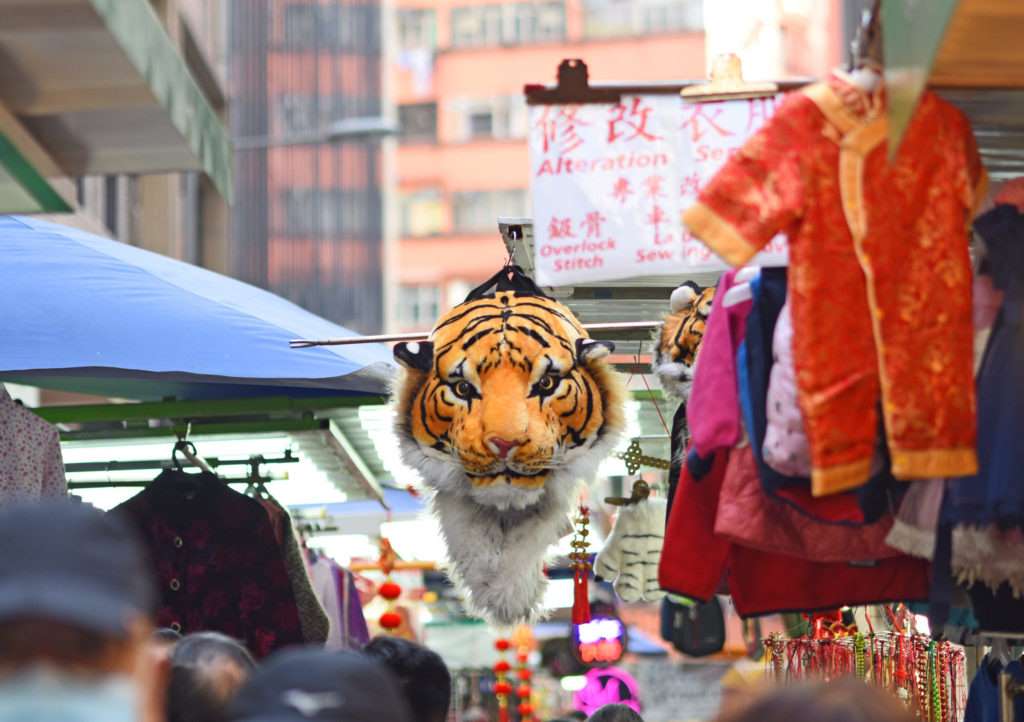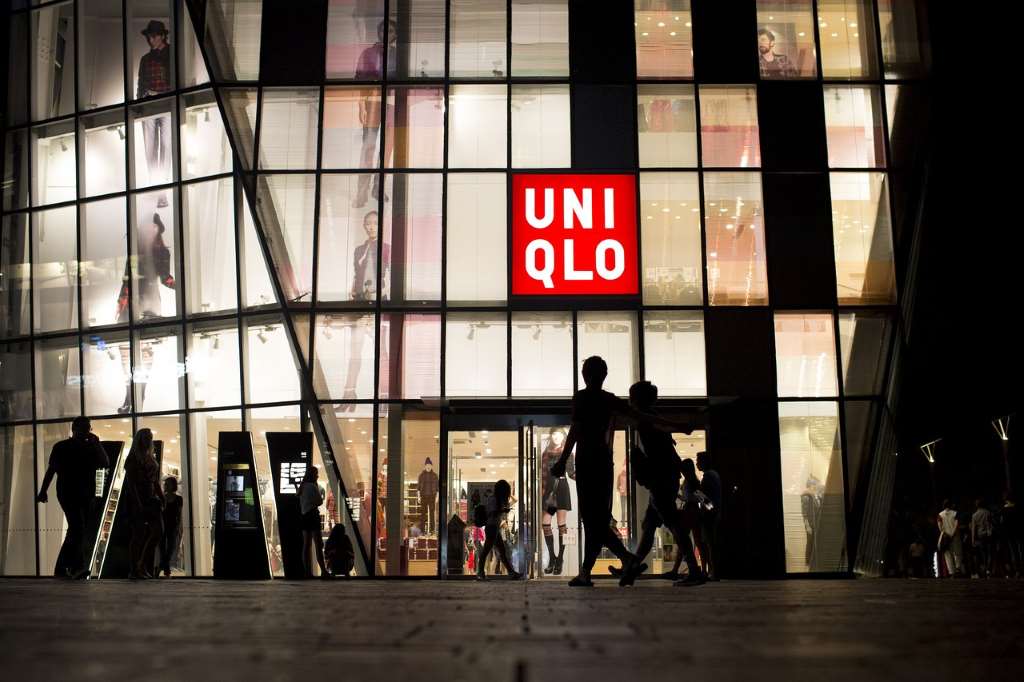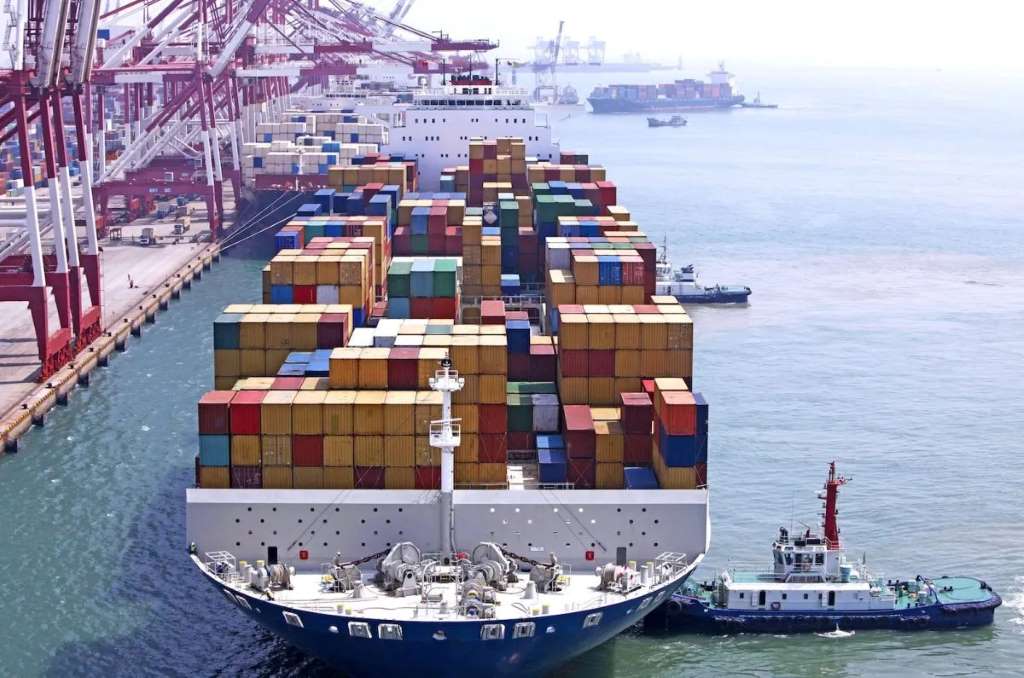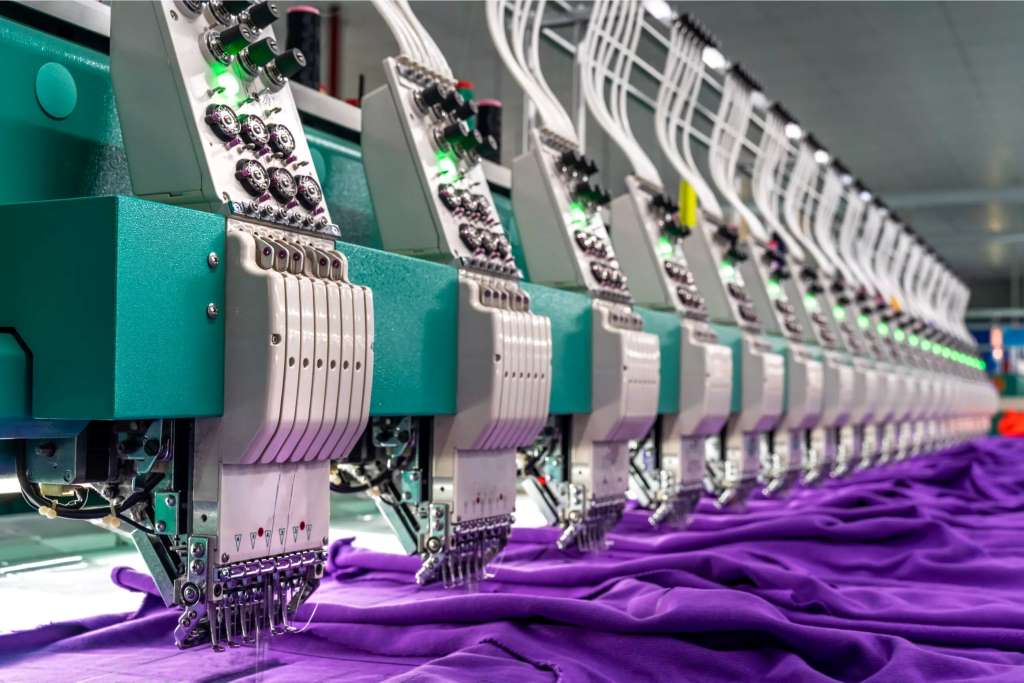Bangladesh’s garment exports to non-traditional markets have grown by 26.37 per cent in the first ten months of the year. The US, Canada, and Europe are considered traditional markets. All others are known as non-traditional markets. Among these are Chile, China, Japan, India, Australia, Brazil, Mexico, Turkey, South Africa and Russia.
At one time Bangladesh apparel makers hesitated to go into a new market because of the trouble and effort involved. Moreover, when a manufacturer entered a new market, they needed to lower the product price. So garment manufacturers were dissuaded from exploring markets. But since cash incentives were offered in 2010, garment owners started exploring new destinations and markets. Presently, non-traditional markets contribute 15 per cent to 16 per cent of Bangladesh’s total export earnings. These markets offer duty-free access to Bangladesh apparel exporters. China, for instance, the world’s biggest apparel supplier, allows duty-free access to over 5000 Bangladesh products. Bangladesh’s earnings from exports to China have grown 37.48 per cent.
Accord and Alliance have helped to remediate factories in Bangladesh and prompted factory owners to emphasise workplace safety, which has eventually lifted the country’s image in the eyes of foreign buyers. Among the top ten green garment factories in the world, the first seven are located in Bangladesh.
Bangladesh gains from new markets
- 1
- 2
- 3
- 4
- 5
- 6
- 7
- 8
- 9
- 10
Looming Iran-Israel conflict threatens to unravel global apparel trade
The already fragile global garment industry faces fresh challenges as tensions escalate between Iran and Israel. This adds another layer... Read more
Fabric Stock Services: A rising trend but not a replacement
The fashion industry is notorious for waste. Unsold garments and excess fabric often end up in landfills. Fabric stock services... Read more
CMAI’s FAB Show 2024 inaugurated with industry giants
The 4th edition of the Fabrics Accessories & Beyond Show 2024 (FAB Show), hosted by the Clothing Manufacturers Association of... Read more
Asian Apparel Exports: A tale of four tigers, one lagging behind
The apparel industry in Asia presents a fascinating picture of contrasting fortunes. While Bangladesh, Vietnam, and Sri Lanka have seen... Read more
Roberto Cavalli: A legacy of bold prints and unbridled glamour
Roberto Cavalli, the iconic Italian designer who passed away on April 12, 2024, leaves behind a rich legacy. Cavalli was... Read more
Candiani & Madh unveil first regenerative cotton jeans
In a move towards sustainable fashion, Swedish denim brand Madh has partnered with Italian producer Candiani Denim to introduce the... Read more
Uniqlo trims China footprint while chasing growth
Uniqlo's story in China is one of explosive growth. Entering the market in 2002, it capitalized on the country's rising... Read more
Chinese Polyester Exports on Shaky Ground: Boom or bust for global market?
Polyester product exports from China, a major global supplier, have dipped in the first two months of 2024, raising concerns... Read more
Sustainable Stitches: Shirt industry sews a greener future with eco-fibers
The cotton shirt, a wardrobe staple for generations, is facing a new challenge: man-made fibers (MMF). This shift in the... Read more
FY25 outlook brightens for Indian textiles sector: Systematix
In a recent panel discussion organized by Crisil, titled 'Upstream textiles sector: Threads of promise', industry experts provided insights into... Read more












